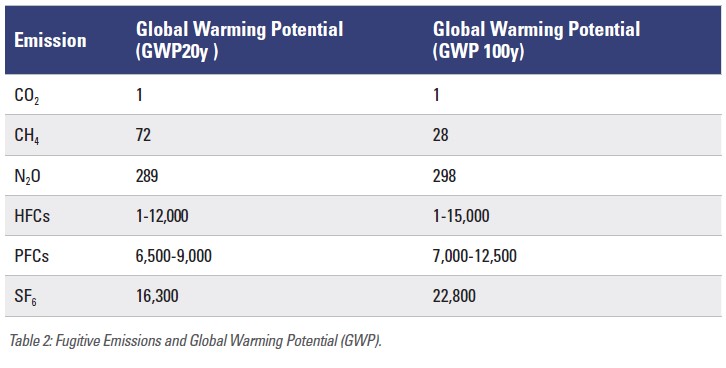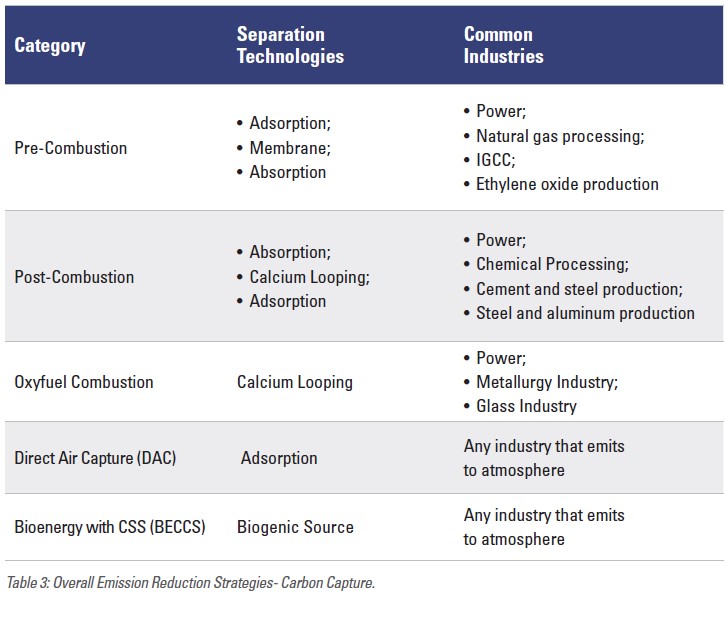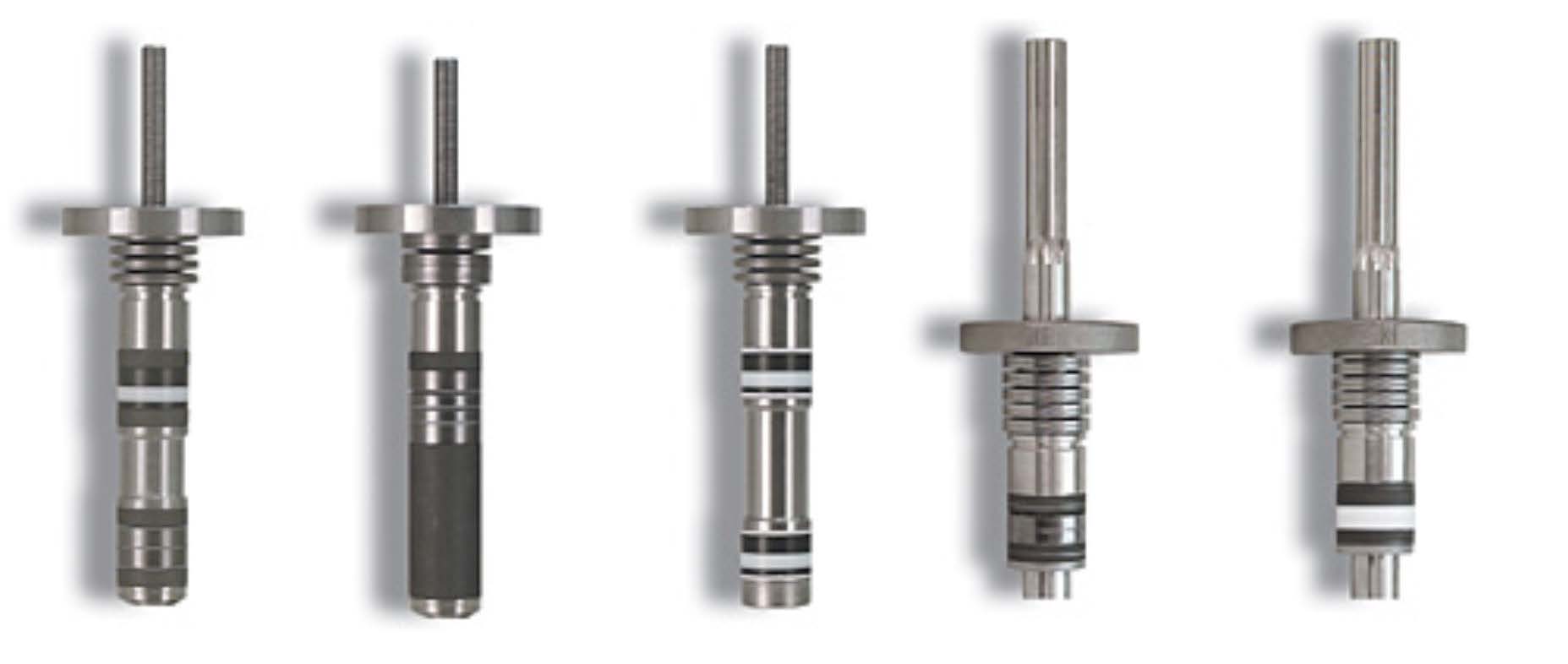Fugitive emissions are unintentional or accidental, emitting continuous minute amounts of gases into the atmosphere. They come from numerous sources valves, pipe connection, equipment seals, compressors, valve flanges, abandoned wells, flaring, mine ventilation, and more. These emissions are related to human activities but do not fit into any other category and they can occur at any point within the process and the facility.
By Bruce Ofori and Suzanna Grills – Emerson
Understanding the Source of Fugitive Emissions
Fugitive emissions present other risks and hazards. Emissions of volatile organic compounds (VOC) such as benzene from oil refineries and chemical plants pose a long‐term health risk to workers and local communities. In situations where large amounts of flammable liquids and gases are contained under pressure, leaks also increase the risk of fire and explosion. Fugitive emissions can also include ozone-depleting substances such as chlorofluorocarbons and hydrochlorofluorocarbons (CFCs, HCFCs, etc.)
The full scope of fugitive emissions is not known. Emissions are minute but widespread, making quantifying amounts difficult. Most greenhouse gas emissions emitted are CO2, followed by CH4, N2O, and others. It is believed that 30% of global greenhouse gas emissions emanate from hard-to-abate industries including transport, steel, cement, fertilizers, and petrochemicals. These emissions usually occur in one of two categories: heavy industry and heavy-duty transport.
Hard to abate industries are ones with emissions that could be very costly to reduce, or current emissions cannot be captured with current abatement technologies. Many of these industrial emissions come from downstream oil and gas refineries, coal and gas- fired power plants, petrochemicals, and natural gas reforming. These industries are indispensable, as they fuel the economy and mass produce materials and products essential to daily life, making the implementation of emissions mitigation strategies in these sectors even more critical.
Fugitive emissions can occur anywhere with GHG emissions, and certain processes can emit more than one fugitive emission type like coal mining.
The table below (Table 1.) shows a non-exhaustive list of origins of where fugitive emissions come from. Some materials have been phased out or are being phased out currently for use like CFCs and HFCs as they can be replaced with other refrigerants. Still, there are other processes where emissions are unavoidable.
A typical example, one of the main ingredients in cement, clinker, is made by heating limestone to extreme temperatures. The process releases carbon trapped in the stone, which combines with oxygen in the atmosphere to form CO2. It is an unavoidable part of the process.
Challenges in Addressing Fugitive Emissions
Understanding where these emissions come from within a process, analyzing the difficulty of mitigating these emissions, and moving with a strong plan forward are key in creating technologies that will work for difficult emissions. Considering fugitive emissions do not fit into any single category, they are accounted for using a number of options; the average emission factor approach for low-level emissions, rigorous bottom-up approach for high level emissions and the U.S. Greenhouse Gas Reporting Program (GHGRP). Reported data from industrialized countries in 2016 versus 1990 show that roughly 85% of the fugitive emissions occurred in the hydrocarbon sector, around 15% from the coal sector, and a small fraction from industry (Climate Change). From this data overall, fugitive emissions would account for around 5% of global greenhouse gas emissions, about 2 GT. The GHGRP requires reporting of greenhouse gas (GHG) data and other relevant information from large GHG emission sources, fuel and industrial gas suppliers, and CO2 injection sites in the United States. Approximately 8,000 facilities are required to report their emissions annually, and the reported data are made available to the public in October of each year.
Natural gas flaring, oil and gas processes, and the coal sector contribute significant amounts of fugitive emissions. They occur mainly during transport, storage, processing, and extraction. Estimating fugitive emissions becomes much more complex in sectors with many producers.
While fugitive emissions are minute in nature, because they come from a variety of sources (leaks, unintentional loss within process, or equipment escapes) and can be continuous, effects can become greater.
Methane has been found to be the highest emitted fugitive emission, responsible for around 30% of the rise in global temperatures since the Industrial Revolution (IEA). Methane accounts for a minority of GHG emissions in comparison to CO2, however, it has a much higher Global Warming Potential (GWP) than CO2 .
Certain evidence suggests that the methane levels in certain industries are higher than previously reported (IEA). The larger the GWP, the more that a given gas warms the Earth compared to CO2 over that period. The time usually used for GWPs is 100 years.
Emission Reduction Strategies – Carbon Capture
Separation of CO2 from process streams has been around for decades, and using this knowledge has helped shape current carbon capture technologies. CCUS involves the capture of CO2, generally from large point sources like power generation or industrial facilities that use either fossil fuels or bio-mass as fuel. If not being used on-site, the captured CO2 is compressed and transported by pipeline, ship, rail, or truck to be used in a range of applications or injected into deep geological formations such as depleted oil and gas reservoirs or saline aquifers.

Many existing power and industrial plants can be retrofitted to include carbon capture, such as ethanol processing.
- CCUS has been named critical in reaching the Net Zero objective for 2050. Existing power and industrial plants can be retrofitted to include carbon capture.
- Carbon capture can help specifically in hard-to-abate sectors such as cement, steel, and chemical.
- Carbon dioxide removal (CDR) technologies can be used to capture CO2 directly from the atmosphere.
Carbon capture also paves the way for low-carbon hydrogen production, allowing for even more industries to decarbonize, and helps even in the hard-to-abate industries.
- Control valves are used throughout the CCUS value chain, from initial separation of CO2 to utilization or sequestration in the final stage. Control valves are one of the components that are susceptible to emission escape, so it is important to be aware of these emissions and have mitigation strategies.
- Some of the challenges included in fully implementing carbon capture commercially include high costs, CO2 conversion for utilization pathways, lack of adequate pipeline infrastructure for transporting CO2, and more investment needs to be made into technologies to get them to commercialization.


Overall Emission Reduction Strategies – Hydrogen
Just like carbon capture, hydrogen has gained momentum on the road to net-zero. The hydrogen industry is experiencing tremendous growth with government and private organizations investing in developing new technologies to produce and utilize hydrogen.
- Works in tandem with carbon capture-grey hydrogen + CC blue hydrogen
- It is a versatile energy carrier, which can help mitigate challenges within the energy industry.
- Hydrogen fuel use is particularly critical for reducing emissions in the hard-to-abate sectors, such as steel, chemical production, transport, shipping, aviation, and manufacturing.
- Hydrogen allows for stabilization of the variable output of renewables, creating supply, and demand dependability.
- Cost and scale of adoption are two factors that prohibit widespread hydrogen production.


Final Words
In conclusion, fugitive emissions represent a significant environmental challenge stemming from various industrial processes. These emissions, often overlooked due to their minute nature, pose considerable risks to both human health and the environment. With the majority originating from hard-to-abate industries such as transportation, steel, cement, and petrochemicals, addressing fugitive emissions demands urgent attention.
Implementing effective mitigation strategies, such as carbon capture and hydrogen utilization, offers promising avenues for reducing these emissions while also fostering innovation and sustainability across industries.
However, achieving meaningful progress requires a comprehensive approach, including rigorous monitoring, regular maintenance, and adherence to stringent standards. By prioritizing the reduction of fugitive emissions and embracing innovative solutions, we can mitigate their adverse effects and work towards a more sustainable future for generations to come.




 Bruce Ofori is the Sales Development Manager for Sustainable Industries at Emerson Flow Controls. He works with global customers to help them achieve their emission and energy reduction targets. As a manager for Sustainability and ESG, he also works with Emerson impact partners to develop their ESG programs to align with Emersons corporate sustainability initiatives.
Bruce Ofori is the Sales Development Manager for Sustainable Industries at Emerson Flow Controls. He works with global customers to help them achieve their emission and energy reduction targets. As a manager for Sustainability and ESG, he also works with Emerson impact partners to develop their ESG programs to align with Emersons corporate sustainability initiatives. Suzanna Grills is a sustainable sales engineer within Global Industry Sales at Emerson. She holds a Chemical Engineering degree with an emphasis in Environmental from the University of Missouri-Columbia.
Suzanna Grills is a sustainable sales engineer within Global Industry Sales at Emerson. She holds a Chemical Engineering degree with an emphasis in Environmental from the University of Missouri-Columbia.